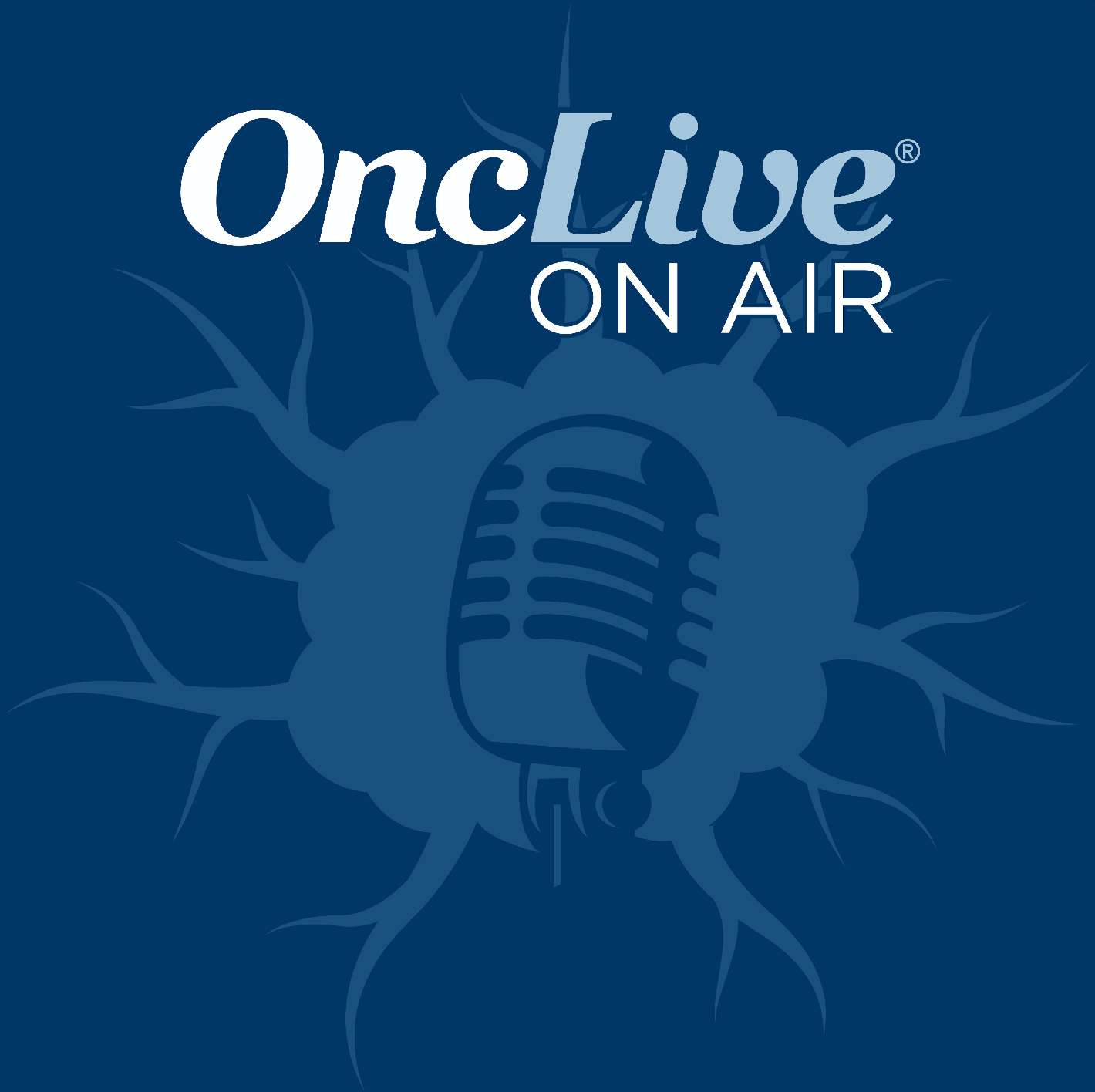Article
Zotiraciclib Plus Temozolomide Shows Meaningful Efficacy in Recurrent High-Grade Gliomas
Author(s):
February 5, 2021 - The potent CDK9 inhibitor zotiraciclib, when used in combination was temozolomide, was found to induce clinically meaningful efficacy with a tolerable safety profile in patients with recurrent, high-grade gliomas.
Jing Wu, MD, PhD

The potent CDK9 inhibitor zotiraciclib, when used in combination was temozolomide, was found to induce clinically meaningful efficacy with a tolerable safety profile in patients with recurrent, high-grade gliomas, according to top-line results from a phase 1b 17-C-0009 trial (NCT02942264).1
Results indicated that the trial met or exceeded the predetermined end point of progression-free survival (PFS) and successfully identified the recommended dose of the doublet. Additionally, in patients whose tumors harbored IDH mutations, zotiraciclib/temozolomide was found to confer a profound benefit with regard to PFS compared with the historical control. The doublet was also found to have acceptable tolerability.
The results will be presented at an upcoming medical meeting and are anticipated to be published in the future.
“Because preclinical data demonstrated the ability of zotiraciclib/temozolomide to inhibit CDK9, enhance apoptosis and cause mitochondrial dysfunction and ultimately ATP depletion in glioma cells, we were optimistic about this first-in-human glioma trial,” principal investigator of the trial Jing Wu, MD, PhD, of the National Cancer Institute (NCI), stated in a press release. “The data from the phase 1b trial support our initial expectations and reinforce our energies to continue to investigate zotiraciclib/temozolomide as a treatment for patients with gliomas.”
High-grade gliomas are among the most aggressive brain cancers and the prognosis of patients who are diagnosed with this disease remains poor.2 The need for stronger treatment options beyond that of cytotoxic chemotherapy is significant. CDK9 is a predominant site of activity, and zotiraciclib was developed to have a high level of inhibitory activity against CDK2, CDK5, CDK7, and ERK5.
In December 2019, the FDA and the European Medicines Agency granted zotiraciclib an orphan drug designation for use as a treatment option in patients with glioma.3 The multi-arm, dose-finding phase 1b trial, sponsored by the NCI, was previously shared at the 2019 ASCO Annual Meeting.4
The trial was designed to be done in 2 stages: a maximum-tolerated dose (MTD) finding stage and cohort extension. Dose escalation of zotiraciclib was examined. In the MTD-finding portion of the research, temozolomide was evaluated in 2 alternate schedules, dose-dense and metronomic, plus zotiraciclib. The cohort extension portion of the trial was performed at each MTD and the treatment arm that showcased the better response would be chosen for the combination in a phase 2 trial.
The primary end point of the research was to identify the MTD of zotiraciclib plus temozolomide using dose-dense and metronomic temozolomide in adult patients with recurrent anaplastic astrocytoma or glioblastoma. Key secondary objectives comprised choosing the regimen with better PFS4 between zotiraciclib plus dose-dense temozolomide or metronomic temozolomide at each of the MTDs after the cohort extension. Once the MTD was determined, the investigators also sought to further examine the pharmacokinetics and pharmacogenomic of zotiraciclib.
To be eligible for participation, patients had to have recurrent anaplastic astrocytoma or glioblastoma, have a Karnofsky performance score (KPS) of 60 or greater, and have acceptable organ function. For the phase 1 portion, patients could not have had more than 2 previous relapses and they could not have received prior bevacizumab (Avastin).
Participants were given dose-escalation of zotiraciclib, starting at 200 mg, on days -3, 1, 12, 15, and 26 in cycle 1, and on days 1, 12, 15, and 26 of cycle 2 and after, for a 28-day cycle. Patients were also given temozolomide, starting at a daily dose of 125 mg/m2 for 7 days on and 7 days off in the dose-dense arm and a daily dose of 50 mg/m2 in the metronomic arm, for a 28-day treatment cycle.
A total of 19 patients were in the dose-dense arm, while 21 patients were in the metronomic arm. The majority of patients on both arms were male and the median age was approximately 50 years. Moreover, patients had a KPS of 90.
The combination was found to be tolerable in this patient population. All participants who experienced dose-limiting toxicities recovered. Moreover, 10% of patients (n = 4) finished 12 cycles of treatment and they achieved prolonged disease control. Notably, 10% of patients experienced a reduction in tumor size.
“We are exceptionally encouraged by the potential of zotiraciclib as a new treatment alternative for patients with recurrent high-grade gliomas,” Scott Megaffin, chief executive officer of Adastra Pharmaceuticals, Inc, added in the release.
Based on these data, the clinical-stage biopharmaceutical company is working on launching a registration-enabling trial that will examine the doublet in patients with recurrent high-grade gliomas. The company also seeks to broaden the application of zotiraciclib/temozolomide to other solid tumors and hematologic malignancies.
References
1. Adastra Pharmaceuticals announces positive top-line data from phase 1b clinical trial of zotiraciclib in the treatment of recurrent high-grade gliomas. News release. Adastra Pharmaceuticals, Inc. January 13, 2021. Accessed February 3, 2021. http://prn.to/3cHUeQy.
2. Zotiraciclib. Adastra Pharmaceuticals, Inc. Accessed February 3, 2021. http://bit.ly/3oQlf6O.
3. Adastra Pharmaceuticals announces FDA and EMA orphan drug designation has been granted for zotiraciclib in the treatment of glioma. News release. Adastra Pharmaceuticals, Inc. December 4, 2019. Accessed February 3, 2021. http://prn.to/36Dh2NK.
4. Wu J, Yuan Y, Cordova C, et al. Phase I trial of TG02 plus dose-dense or metronomic temozolomide for recurrent anaplastic astrocytoma and glioblastoma in adults. J Clin Oncol. 2019;37(suppl 15):2031. doi:10.1200/JCO.2019.37.15_suppl.2031








